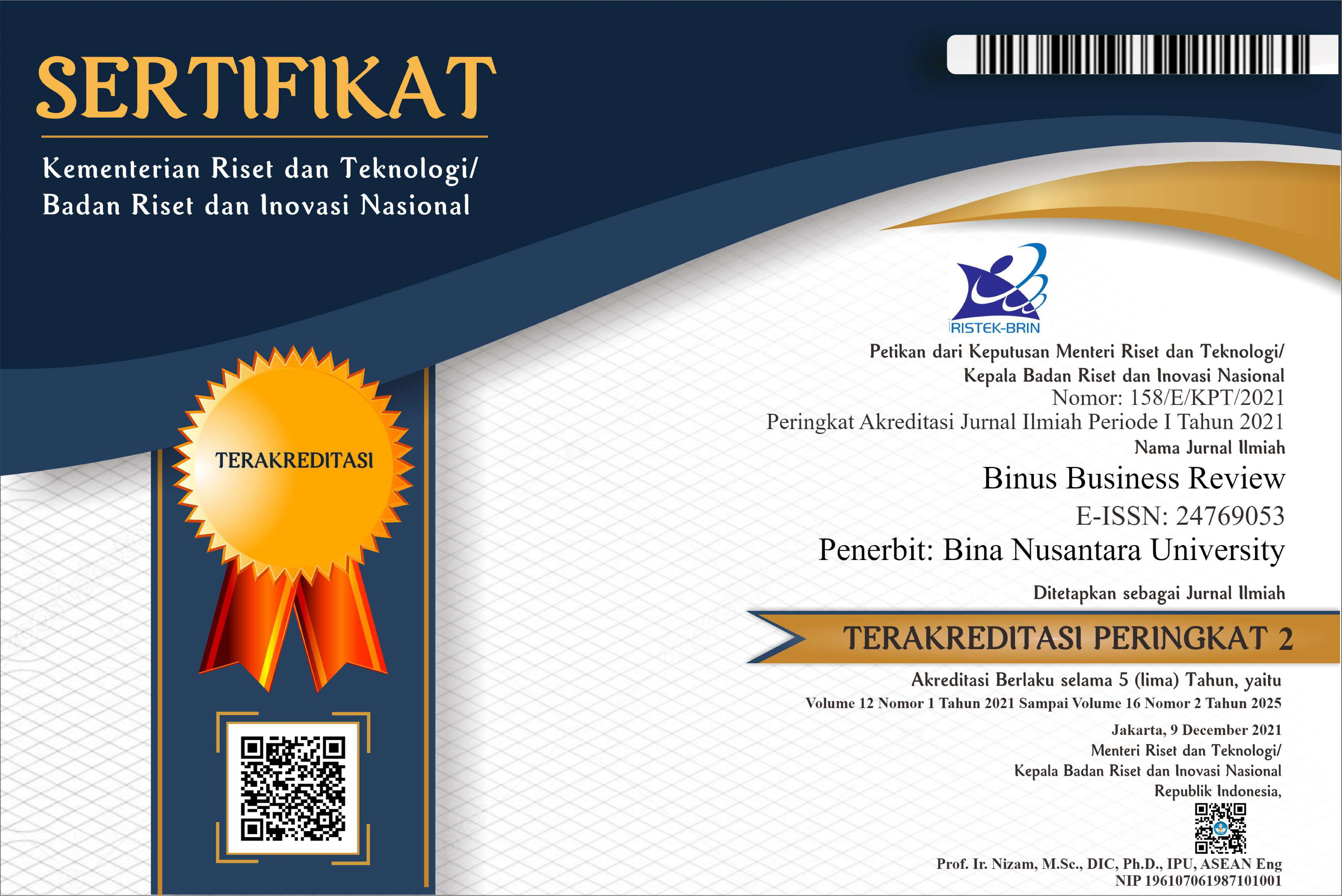Opportunity for Tourism Professional Development in Indonesia
DOI:
https://doi.org/10.21512/bbr.v4i1.1412Keywords:
tourism professional workers, tourism education, tourism destination, tourism industryAbstract
This study focused on opportunities related to the professional growth of tourism in Indonesia at this time and in the future. The proportion of workers in the tourism sector, including the fourth largest after agriculture, manufacturing and non-manufacturing, tends to grow very fast, because tourists visiting Indonesia will increase sharply in coming years. The purpose of this study is to provide advice to the government, tourism, and educational institutions in Indonesia's tourism industry together, and to support each other to improve the quality and quantity of human resources in tourism in the present and the future in Indonesia. Data and information gathered from various sources perform literature review and discussion of the need for professional projections based on existing data and information and resume discussions and depth interview with lecturer of tourism and a SWOT analysis as a qualitative analysis. This study gave recommendation that Indonesia needs to improve the quantity and quality of human resources in tourism to become the domain of educational institutions, ranging from tourism vocational high school, Academy, College, and Tourism Courses at the University. Therefore the government should seriously facilitate the tourism educational institutions to achieve quality accreditation as required.Plum Analytics
References
Cathy, H. C. (2005). Tourism Higher Education, Past, Presence, and Future. Ontario, Canada: The Haworth.
Central Bureau Statistic of Indonesia. (2011). Indonesian Population Census 2010.
Denzin, N. K., and Lincoln Y. S. (2005). Handbook of Qualitative Research. 3rd Edition. Sage, London.
Dredge, D., and Jenkins, J., 2007, Tourism Planning and Policy, John Wiley, Brisbane, Queensland.
Ehrenreich, B. (1989). Fear of falling: the Inner Life of the Middle Class. New York: Harper Prennial.
Gilbert, D. (1998). The American Class Structure: in an age of growing inequality. Belmont, CAWadsworth Press.
Goeldner, C. R. (2005). Reflections on the Historic Role of Journals in Shaping Tourism Knowledge. The Journal of Tourism Studies. Vol 16(2), 40-47.
Holmes, K., Smith, K. (2009). Managing Volunteers in Tourism Attraction, Destinations and Events. Butter wood-Heinemann.
O’Leary, J. T. (2005). Thoughts on Building Academic Staff Careers and a Successful Department. The Journal of Tourism Studies. Vol 16(2), 10-16.
Oxford English Dictionary. (1989). 2nd Edition. Oxford: Clarendon Press
Richards, G. (2007). Cultural Tourism: Global and Local Perceptive. Binghamton, New York: Haworth Press.
Swarbrooke, J. (1996). The development and management of visitor attractions. Oxford: ButterworthHeinemann.
United Nations World Tourism Organization (UNWTO). (2012). International Tourist Arrivals, March, 2012.
Universitas Indonesia. (2010). Tourism Program Study. Diakses dari www.vokasi.ui.go.id.
World Travel & Tourism Council (WTTC). (2004). World Travel & Tourism: a World of Opportunity. The 2004 Travel & Tourism Economic Research. London, UK.
Downloads
Published
Issue
Section
License
Authors who publish with this journal agree to the following terms:
a. Authors retain copyright and grant the journal right of first publication with the work simultaneously licensed under a Creative Commons Attribution License - Share Alike that allows others to share the work with an acknowledgment of the work's authorship and initial publication in this journal.
b. Authors are able to enter into separate, additional contractual arrangements for the non-exclusive distribution of the journal's published version of the work (e.g., post it to an institutional repository or publish it in a book), with an acknowledgment of its initial publication in this journal.
c. Authors are permitted and encouraged to post their work online (e.g., in institutional repositories or on their website) prior to and during the submission process, as it can lead to productive exchanges, as well as earlier and greater citation of published work.
USER RIGHTS
All articles published Open Access will be immediately and permanently free for everyone to read and download. We are continuously working with our author communities to select the best choice of license options, currently being defined for this journal as follows: Creative Commons Attribution-Share Alike (CC BY-SA)




















